Mary Poppins Rating Changes Due To Specific Language
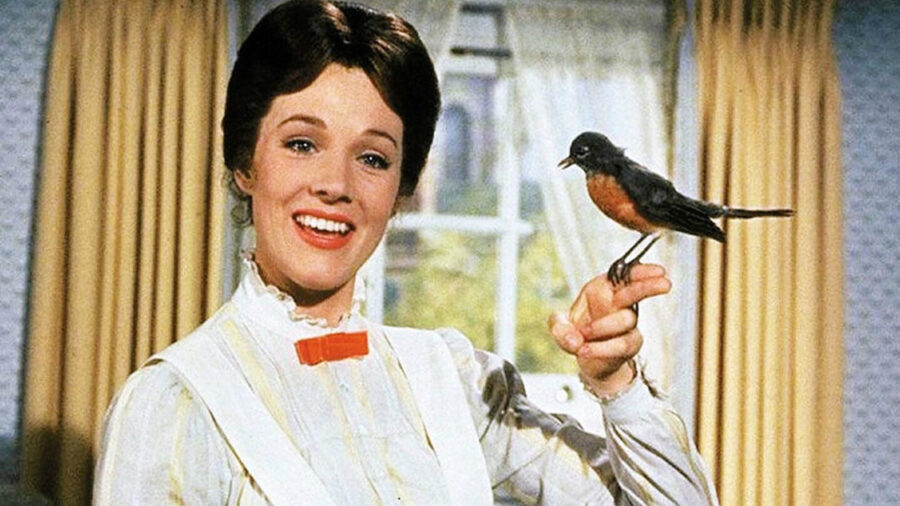
When most people think of the character of Mary Poppins, they probably picture the wholesome, optimistic nanny who has a song for everything, as she is so often depicted in pop culture. She’s the very symbol of wholesome-ness, right?
From G To PG
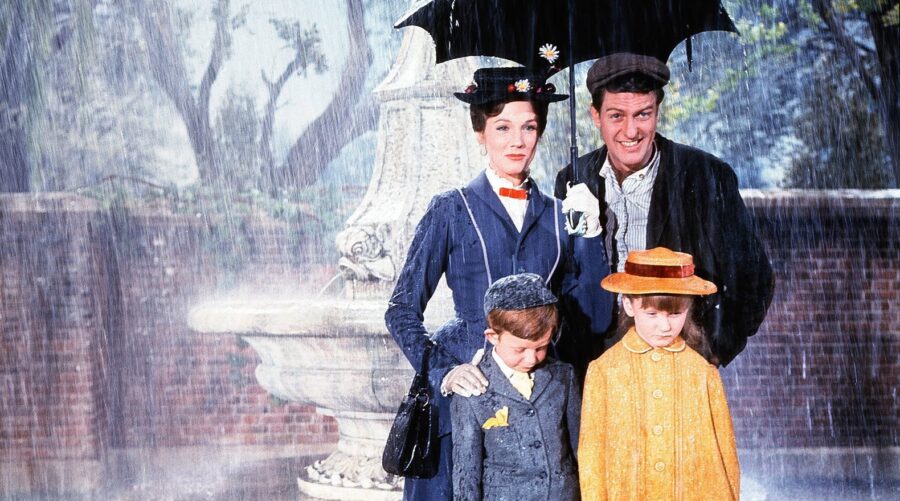
So to hear the 1964 Mary Poppins movie has been deemed racially insensitive probably raises a few eyebrows.
However, it is true that the British Board of Film Classification has taken another look at the Disney classic and, upon review, raised its rating from U (our American equivalent of a G-rated film) up to a PG rating.
For Specific Reasons
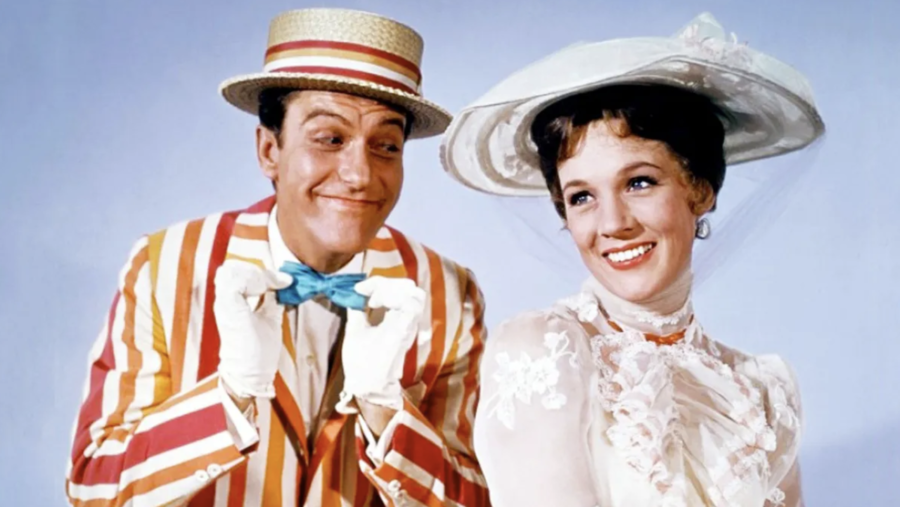
The decision was made just last week, and in explaining the reason behind the reclassification, a spokesperson for the British Board of Film Classification (BBFC) said it was due to two instances within the 1964 Mary Poppins of a character using the word “hottentots.”
If you saw the movie you may have heard the word and thought nothing of it, maybe just assuming it was some funny old English slang word. However, the BBFC has clarified that the word is, in actuality, an antiquated racial slur.
Racial Language?
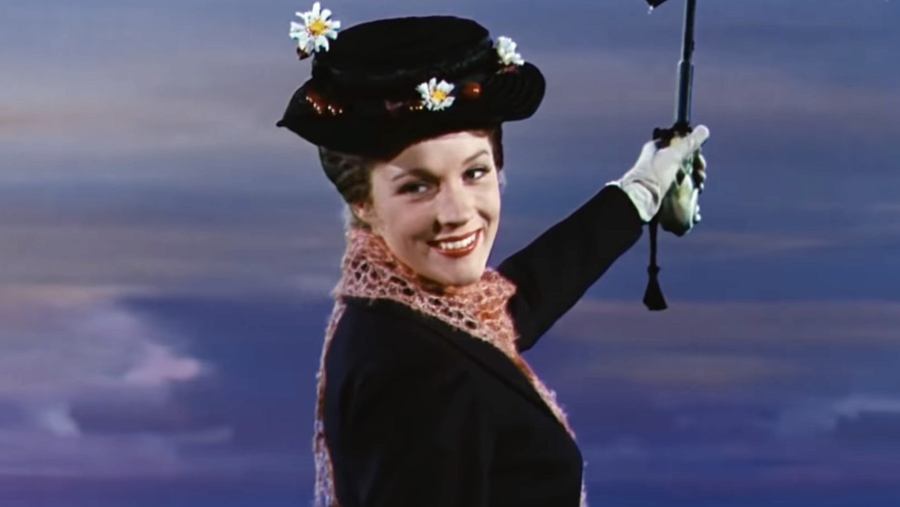
The BBFC says that the word can be traced back to usage by an indigenous group of people from South Africa called the Khoekhoe.
The BBFC specifically points to the offensive nature of the Mary Poppins character Admiral Boom using the term towards chimney sweeps whose faces have been blackened by soot.
The BBFC finds the casual usage of the word within the film, with no context of condemnation for the language choice, to be problematic.
They believed it was the right call to raise the rating of the film this so that children would not hear the word and inadvertently repeat it without realizing what it meant.
Mary Poppins Doesn’t Use The Words
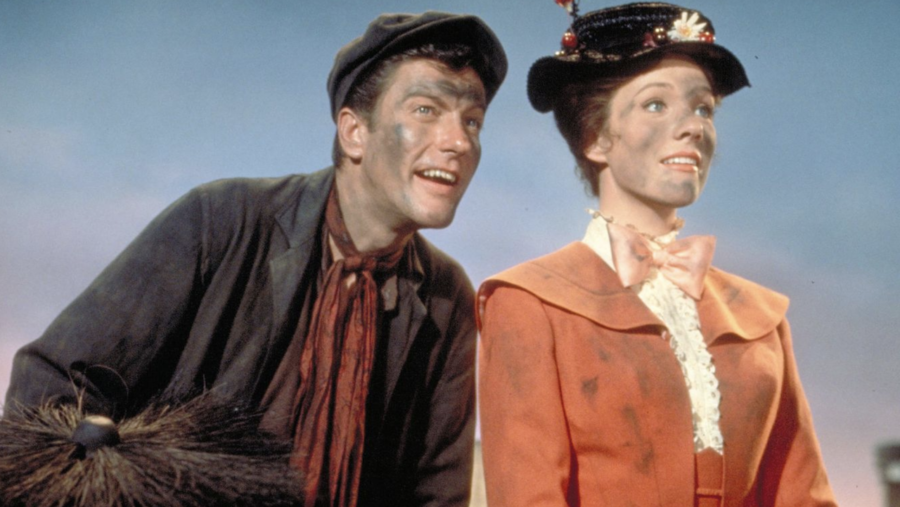
To be clear, Mary Poppins herself is not the one who uses the word in the movie. So though the 1964 film can be argued to have racial insensitivity, nobody is directing such statements at the character of Mary Poppins. That means your nostalgic memories of the iconic nanny can live on untarnished.
The reclassification of the children’s classic is also not a condemnation of the movie as a whole. It is merely to help better warn parents about an aspect of the Mary Poppins movie that they may want to have a conversation with their children about to let them know that word is not okay to repeat.
Other Stories Have Had Similar Changes
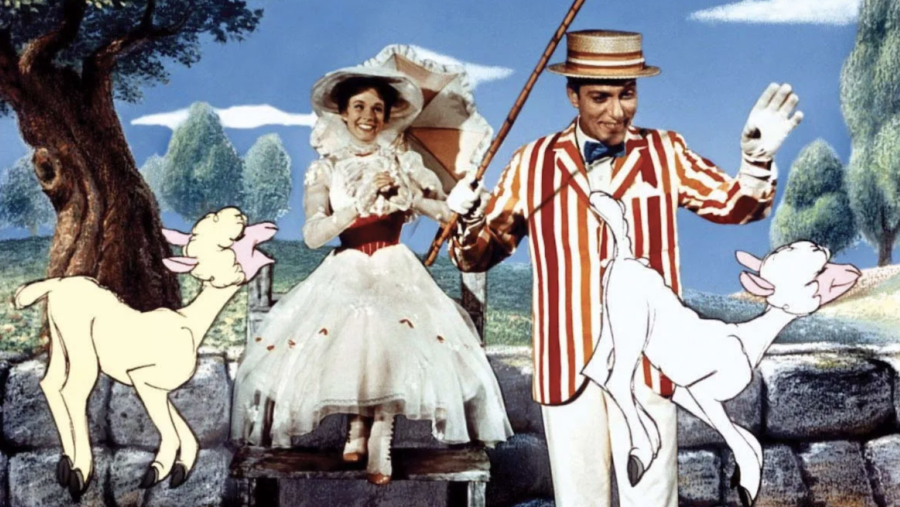
Many other iconic children’s stories from the past have undergone similar reevaluations in recent years. Certain books in the Dr. Seuss lineup were identified as not being suitable for children by today’s standards.
Some of the writing of Roald Dahl, creator of Charlie and the Chocolate Factory, has also been reappraised through a modern lens, particularly his depiction of the Oompa Loompas.
So this is certainly not an example of Mary Poppins being singled out. Parents in general want to be more conscientious of the type of media their children are consuming now.
Mary Poppins Can Still Be Watched
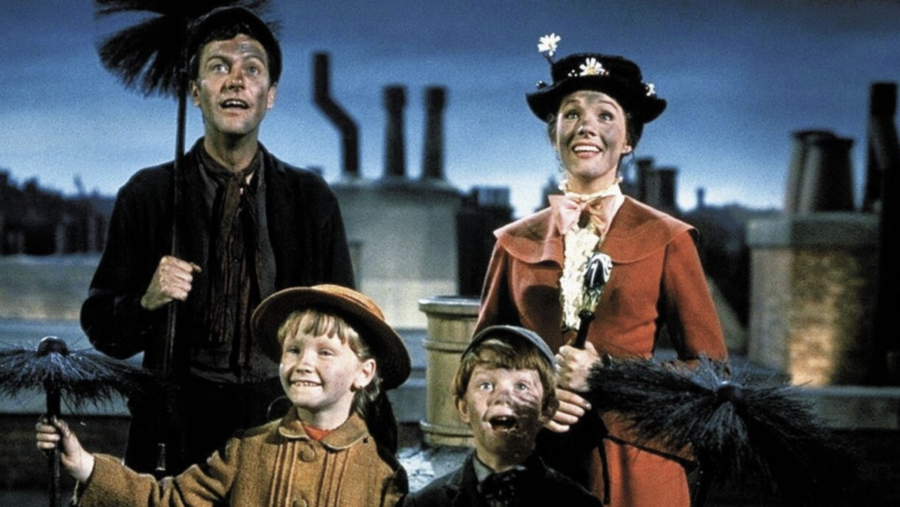
It is quite normal to realize things that were deemed okay decades ago are no longer acceptable to modern sensibilities.
Critics of such practice may worry about banning children’s classic stories, but to be clear, nobody has called for such action here. If you want to still enjoy the 1964 Mary Poppins, you are still able to do so at any time, just with a slightly higher content rating.












